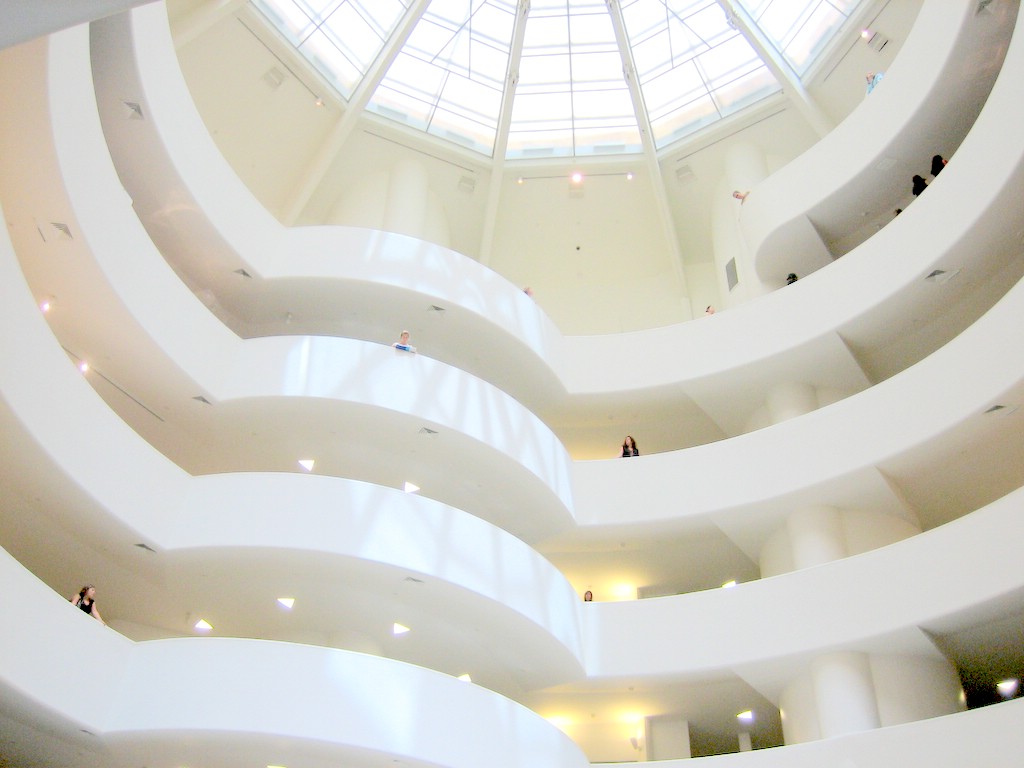 It's that time of the year again!! As the year draws to a close it is time to get organized for annual performance reviews of your lab peeps. I started last year (here) and I think it was appreciated by all: it is always good to sit down and formally discuss how and where things are going. Your university may have specific performance review forms you have to follow for merit-based pay increases or promotions and those are very helpful to set up a framework for the meeting. But you can also just come up with your own criteria.
It's that time of the year again!! As the year draws to a close it is time to get organized for annual performance reviews of your lab peeps. I started last year (here) and I think it was appreciated by all: it is always good to sit down and formally discuss how and where things are going. Your university may have specific performance review forms you have to follow for merit-based pay increases or promotions and those are very helpful to set up a framework for the meeting. But you can also just come up with your own criteria.Two major questions for trainees (and research assistants expecting to go to graduate school) are:
- What are your career goals?
- When do you expect to transition to the new step of your career?
Since are individuals whose salary is funded on NIH grants will need to have an IDP (individual development plan), you might as well do it for everyone and the annual performance meeting is the perfect occasion to restructure your employees' IDP and revise/develop goals.
These are some questions to ask yourself, in particular about the junior people in the lab (techs/students):
- Is a good experimentalist? Accurate? Understands how to handle reagents? Follows protocols? Asks appropriate questions as needed?
- Understands the different steps of each protocol so that pauses are only taken at the appropriate times and troubleshooting can be done as needed?
- Understands the appropriate negative/positive controls?
- Analyzes and interprets data?
- Understands the implications of the data into the larger project? Asks appropriate questions?
- Reads and understands relevant articles for the project? Is the reading even self-initiated? Suggests new articles to the PI?
- Proposes new experiments/projects?
- Is able to tell the PI her/his ideas don't make sense and exactly why? I.e. is ready to become a post-doc...
- Is communication with other lab members good? Are there issues that need to be settled?
For postdocs it is also be more important to talk about career trajectory and fellowships/meetings/talks and specific skills that must be acquired to seek the desired job be it in academia or outside.
I have been writing A LOT of recommendation letters for graduate school applications lately, since it's application season, and I found that drafting a recommendation is actually a great exercise in figuring out someone's strengths and weaknesses. Each graduate school will ask a slightly different set of questions which often makes you think about traits to describe in the letter (creativity, academic potential, perseverance, ability to thrive in a competitive environment, written and oral communication and so on and so forth). For each different person you need to identify what is great about them and what are their best traits as a scientist, which inevitably makes you think about possible shortcomings or areas of improvement. Why are they only top 2% in creativity but top 10% in written communication? If the person does not fit the best letter you can write, what would they need to do to earn a better letter? What usually happens with letters is that someone asks you sometimes 2 weeks and sometimes 2 days before the deadline and you put something together, but if you start with the ideal letter in mind 2-3 years in advance, could you actually work with someone to get there?
Photo credit: Official White House Photo by Chuck Kennedy

_-_WGA8239.jpg)








